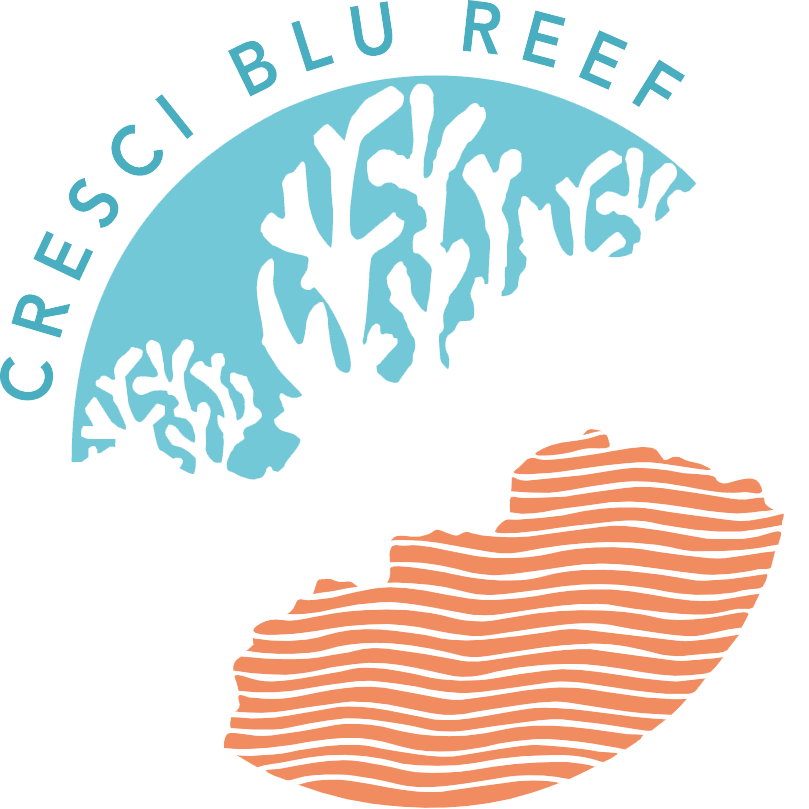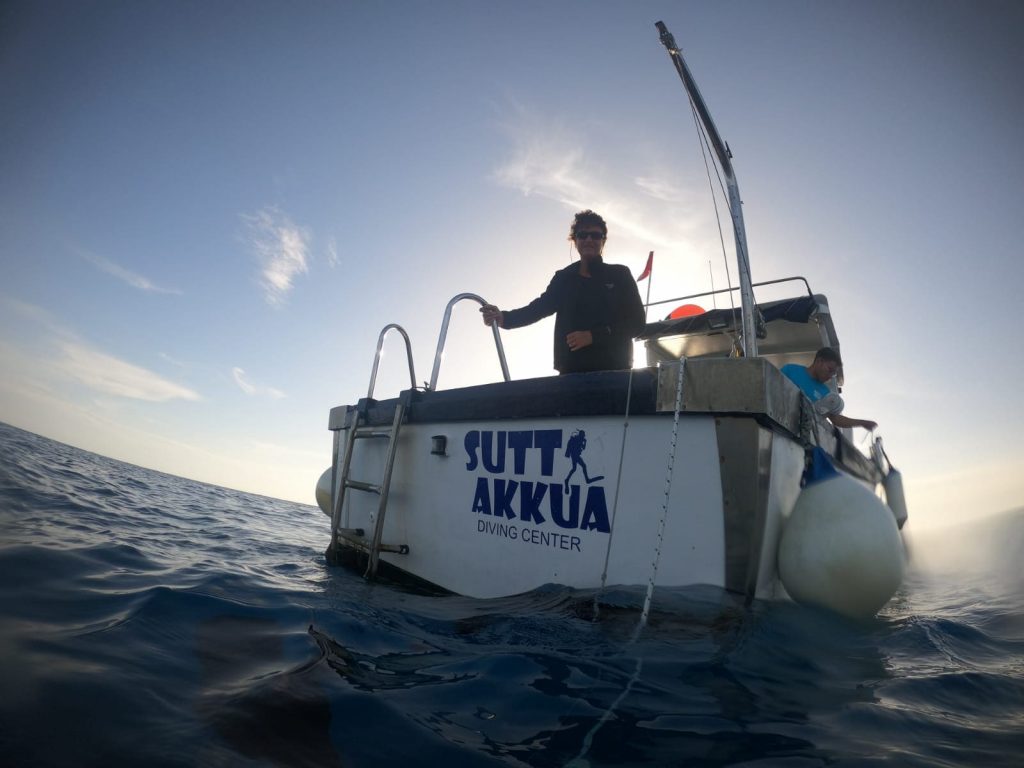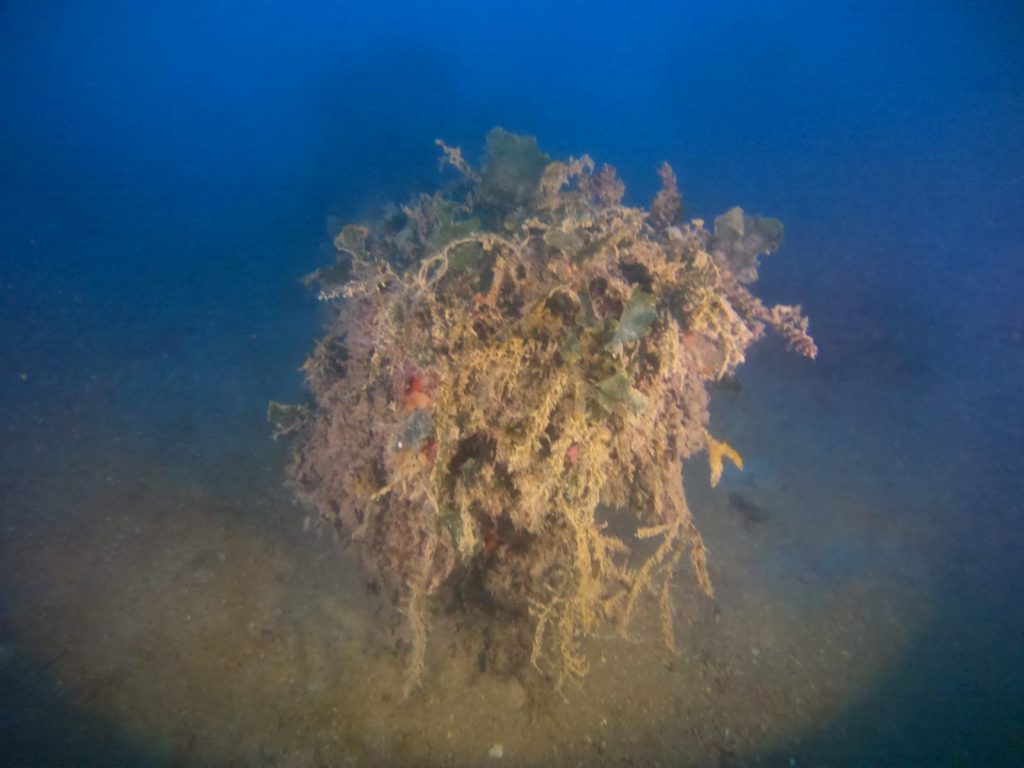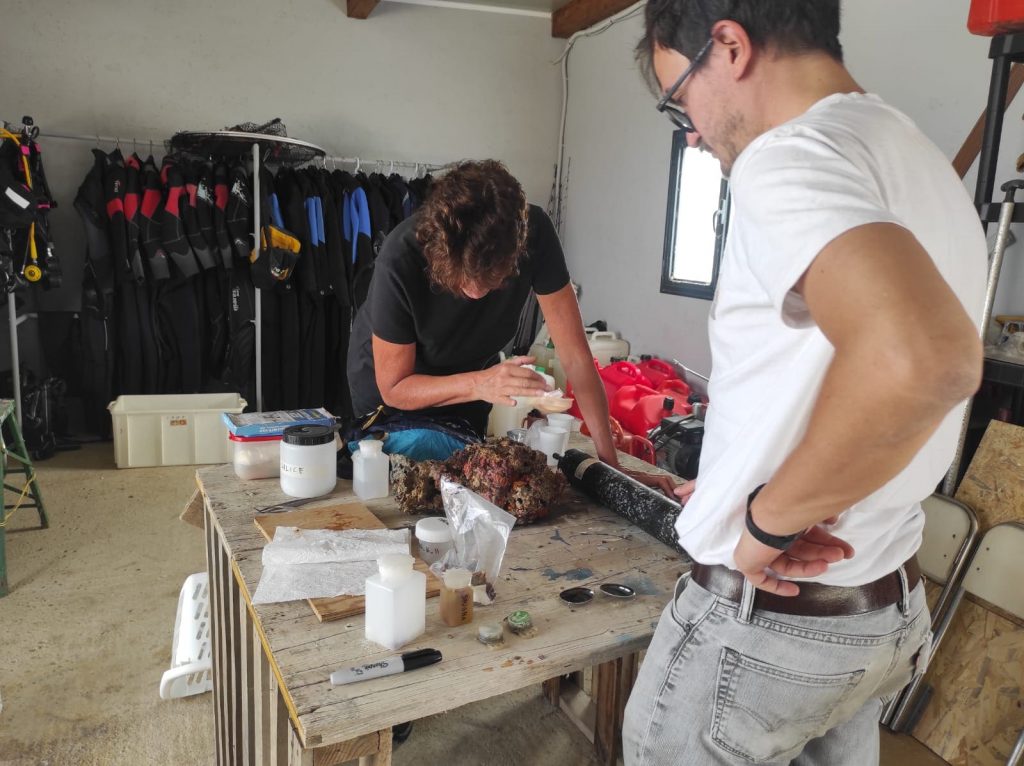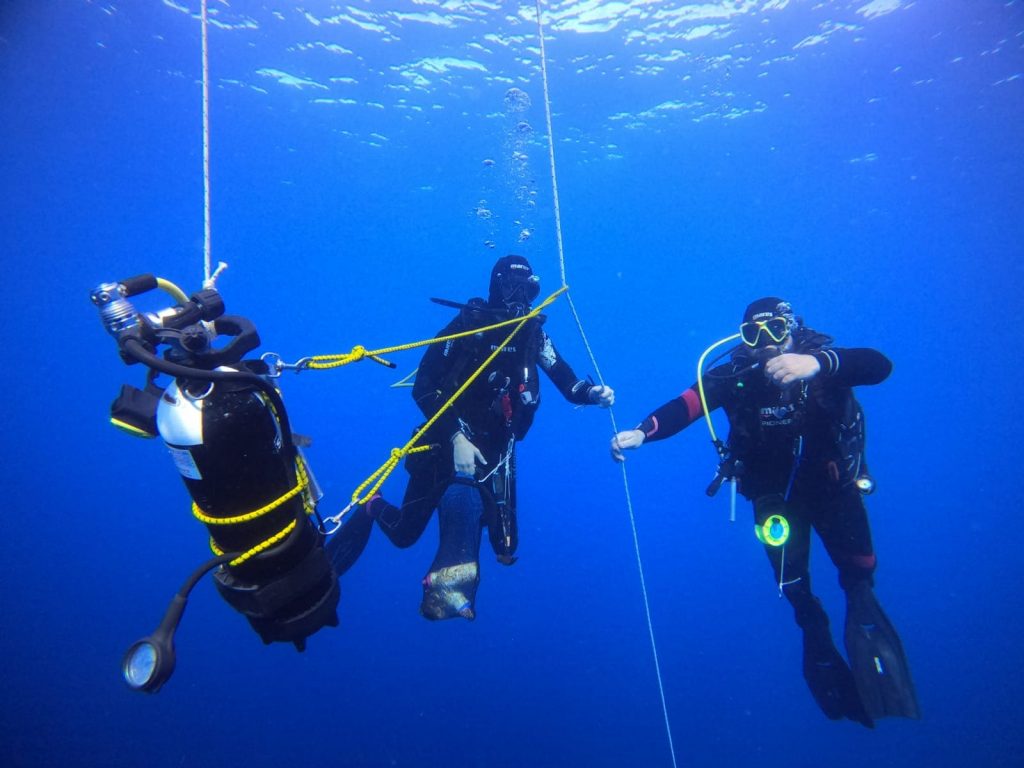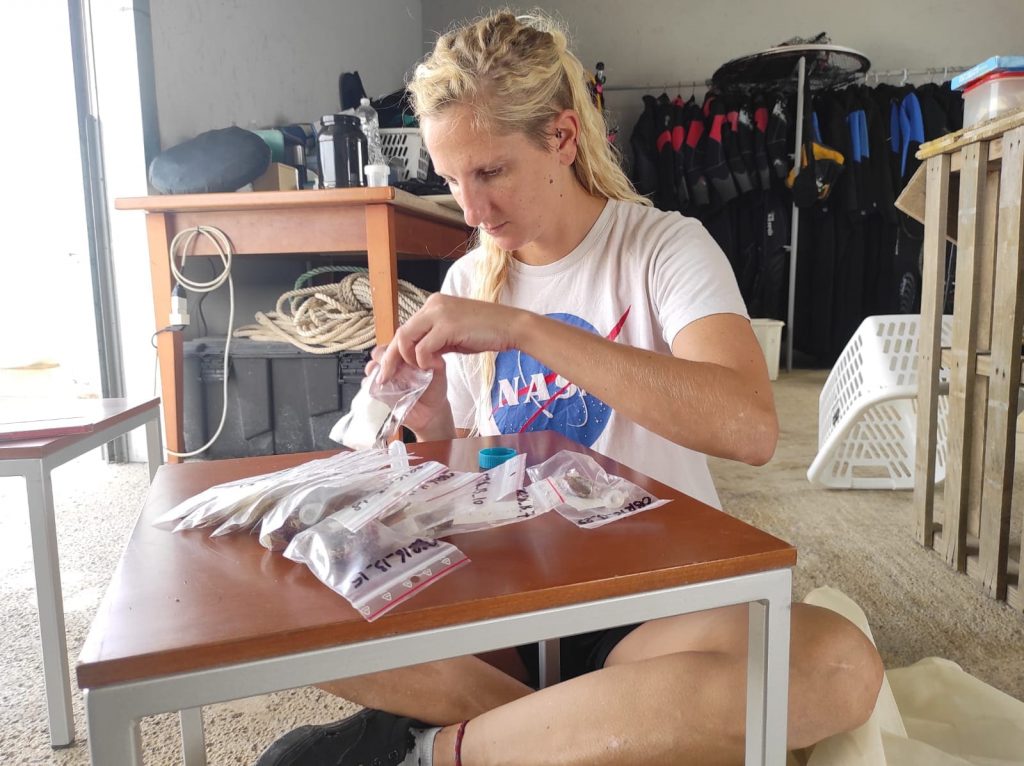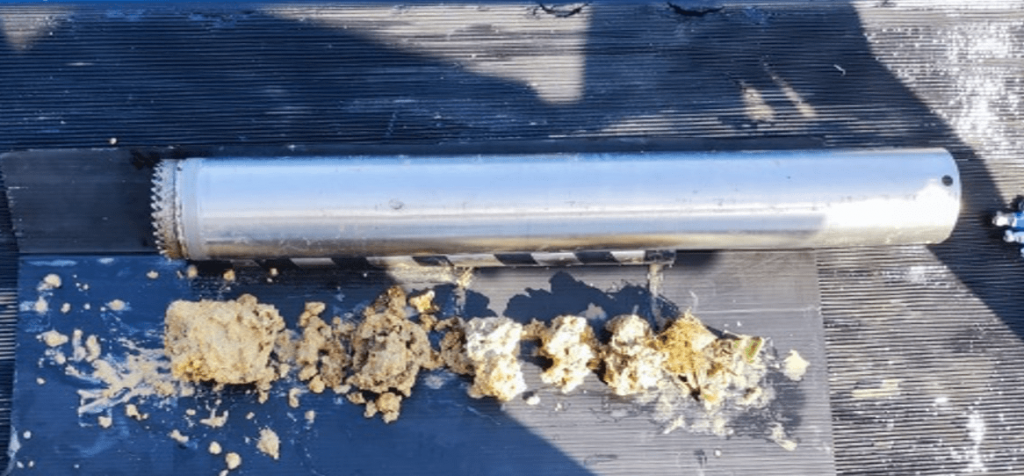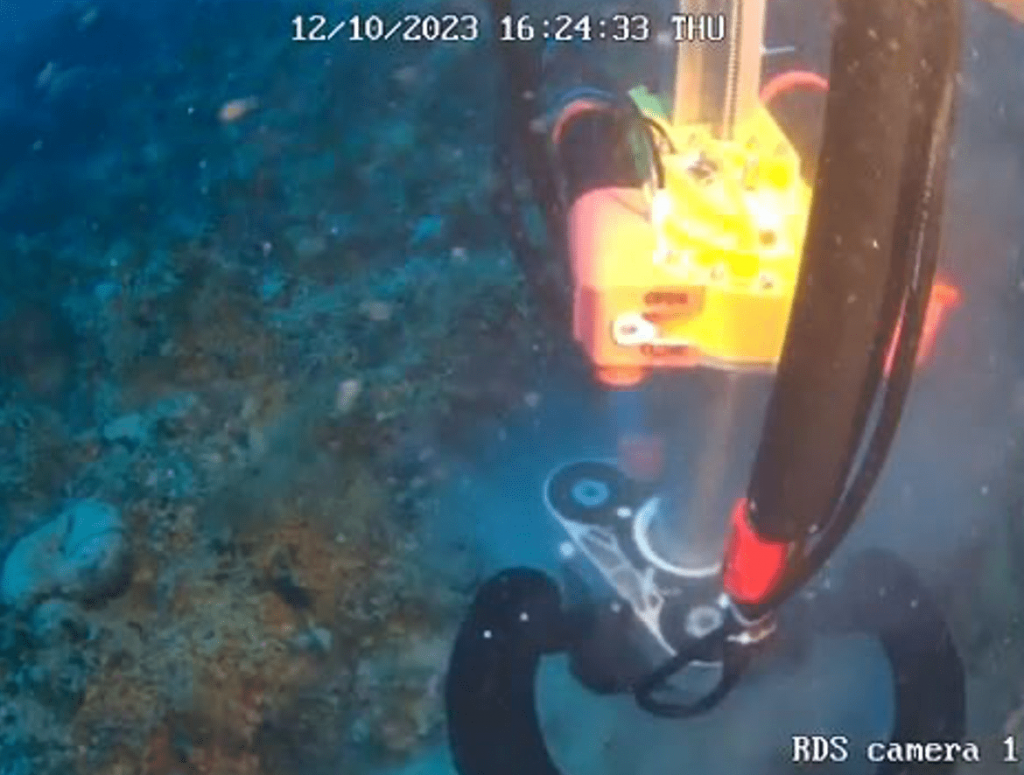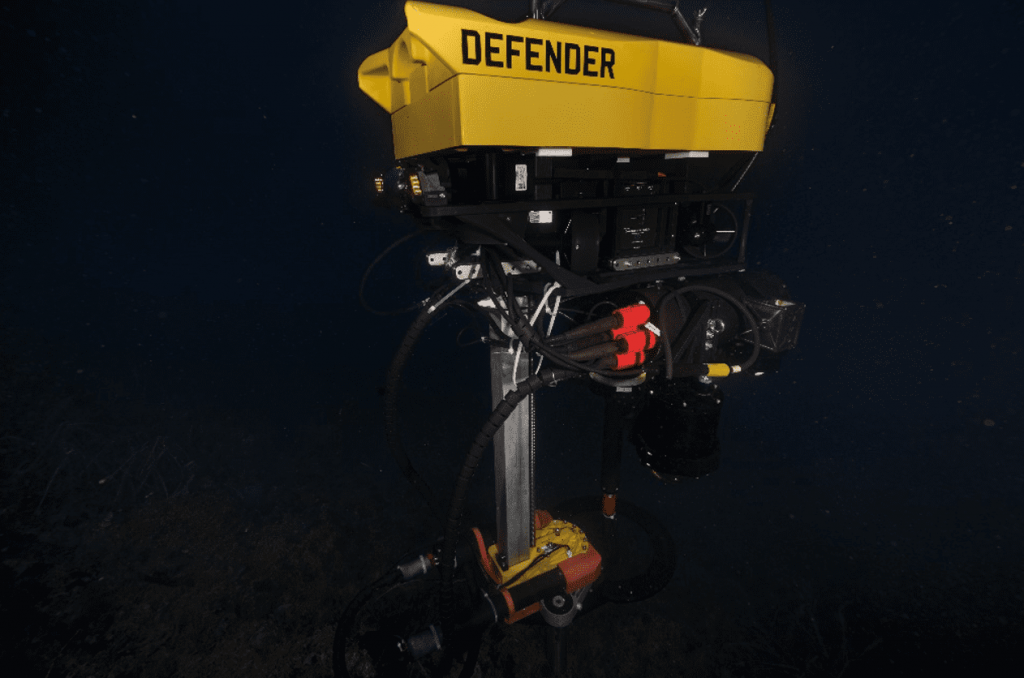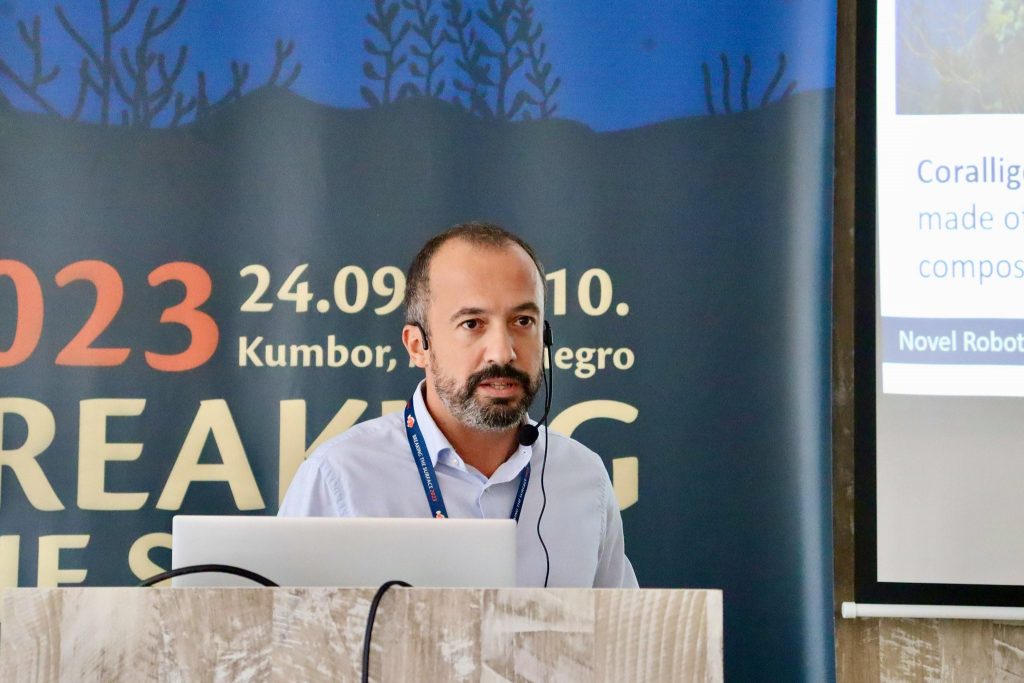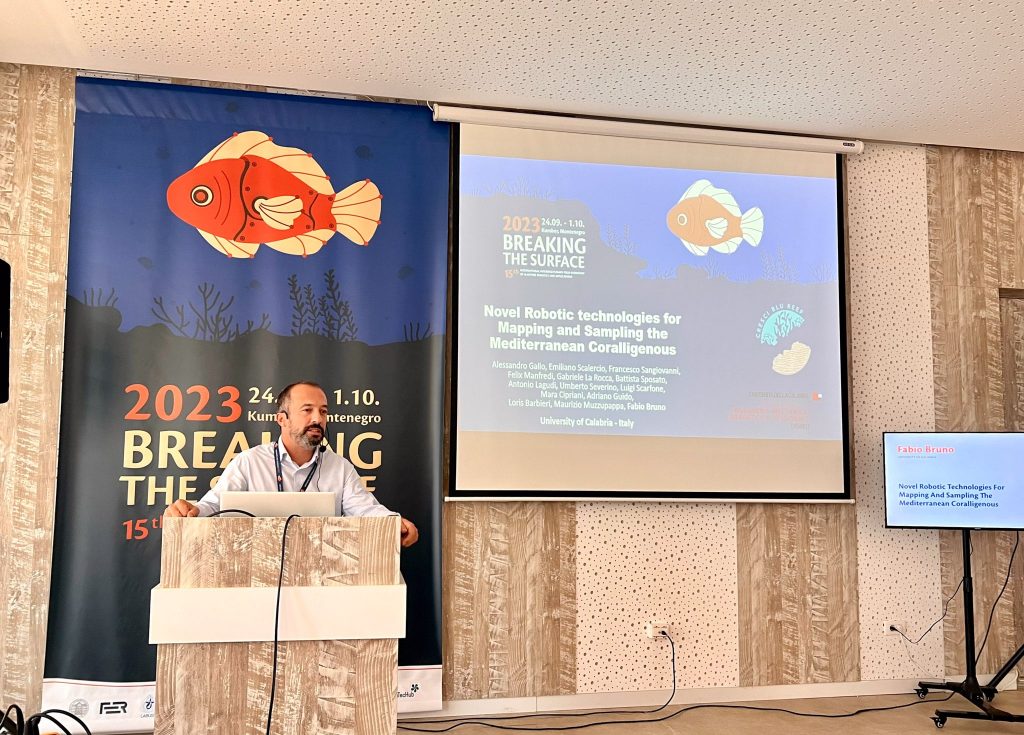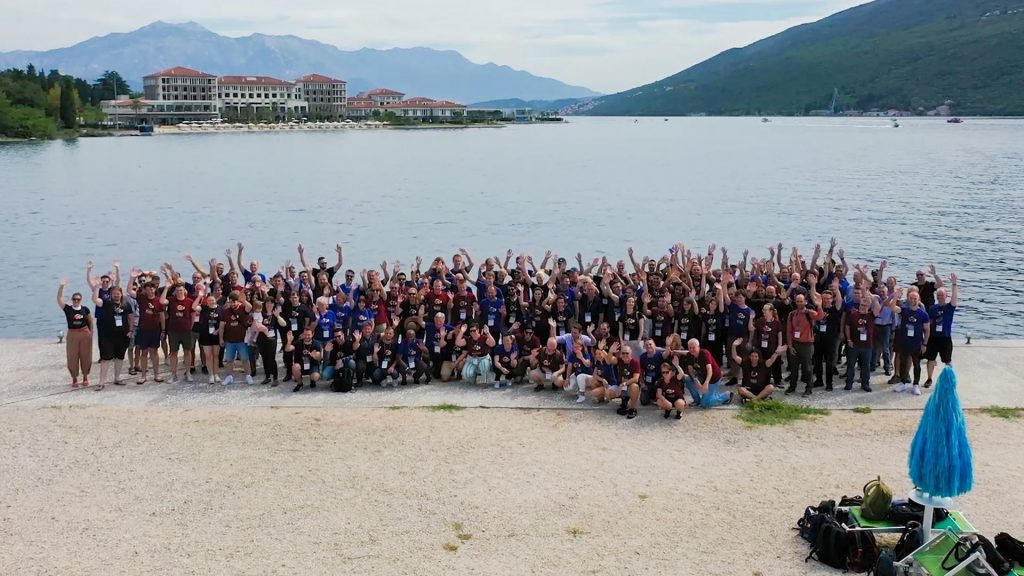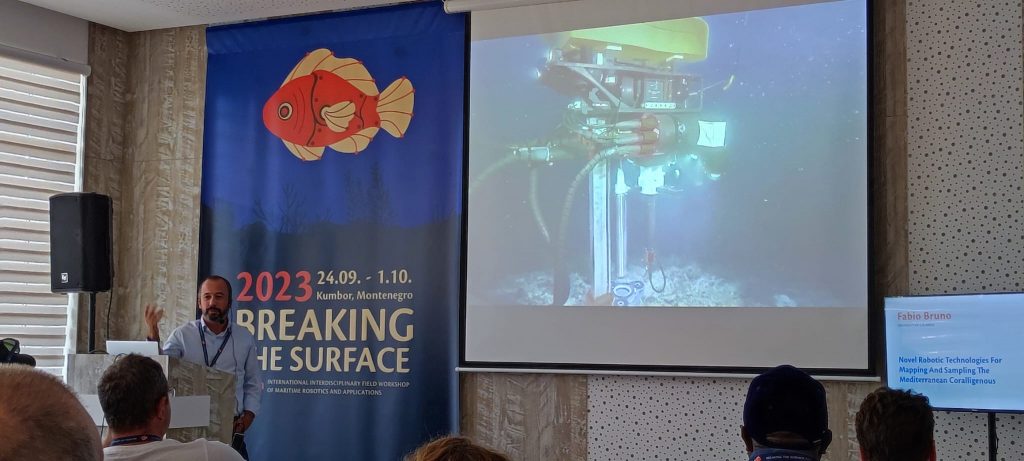We are excited to announce the successful completion of the 13th International Fossil Algae Association (IFAA) Symposium, held in Le Castella, Crotone Province, Calabria, Italy. This event brought together researchers, geologists, and palaeontologists from across the globe, all united by their passion for fossil algae and paleobiology. The symposium featured an impressive lineup of international conveners who contributed to a rich program of presentations and discussions.
Participants enjoyed insightful lectures, interactive sessions, and fruitful networking opportunities, with the exchange of knowledge reflecting the latest advancements in the field. In addition to the symposium, attendees were also treated to a field trip in the beautiful Le Castella, Capo Colonna and Lo Castro in the Crotone province (Calabria, Italy).
For those who missed it, the Abstract Book and Field Trip Guide are now available, providing a comprehensive overview of the research and fieldwork discussed throughout the symposium.
Thank you to everyone who participated and helped make the 13th IFAA Symposium a resounding success! We look forward to continuing our journey in fossil algae research and to seeing everyone at the next IFAA meeting. Stay tuned for updates!
IFAA13 #FossilAlgae #Paleobiology #SymposiumSuccess #ScientificResearch
https://cresciblureef.unimib.it/wp-content/uploads/sites/122/2024/09/IFAA_Abstract_Book.pdf
